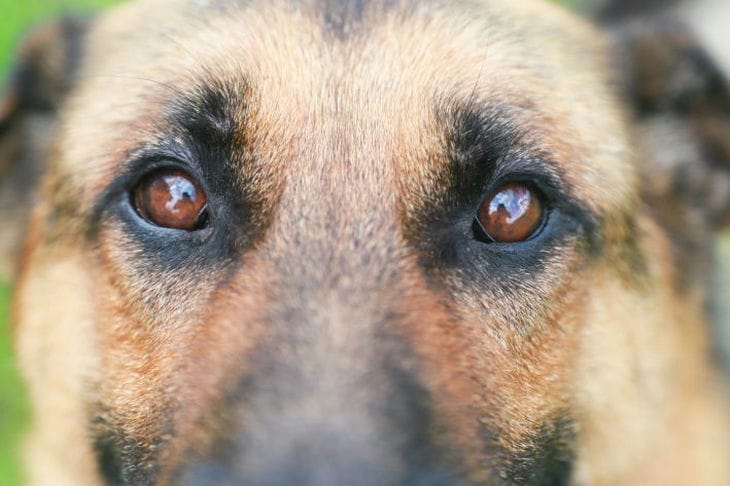Dogs are unique creatures that can feel intense loyalty to their owners.
Their love is sincere and unconditional, but it is expressed in a completely different way than that of humans.
Dogs use a whole arsenal of non-verbal signals to show their loyalty and affection to humans.

Body language
Dogs actively use body language to express their feelings. Wagging the tail is one of the most well-known ways a dog shows joy at meeting its owner.
However, it is important to pay attention to how exactly the dog wags its tail. Fast, wide swings from side to side usually mean genuine joy and love.
Sight
Dogs often look into their owners' eyes as a sign of affection. This gaze can be long and tender, which in the dog world is a sign of trust and love.
Research shows that during this type of eye contact, dogs, like humans, produce oxytocin, the bonding hormone.
Physical contact
Many dogs seek physical contact with their owner. They may cuddle up to their legs, put their head on their lap, or try to sit as close as possible.
This behavior is a clear sign of affection and a desire to be close to a loved one.
Bringing gifts
Dogs can bring their owners "gifts" - toys, sticks or even random objects.
This is their way of sharing something valuable and expressing their love. Even if the "gift" is not very pleasant (for example, an old sock), it is important to remember the pet's good intentions.
Defensive behavior
The desire to protect their owner is another manifestation of dog loyalty. They can stand between their owner and a potential threat or be vigilant in unfamiliar surroundings.
This demonstrates deep concern and a desire to ensure the safety of a loved one.
Following the master
Dogs that follow their owners around the house are showing strong affection. This behavior is rooted in their pack animal nature and shows that they view the person as part of their "pack."
Licking
Many dogs express their affection by licking their owner's hands or face. This behavior has deep roots in puppyhood, when a mother licks her young as a sign of care.
Adult dogs transfer this behavior to their human "parents."
A joyful greeting
Exuberant joy when the owner returns home is one of the most obvious signs of canine love. Jumping, barking, spinning in place - all these are ways to express delight at being reunited with a loved one.
Sleep is near
Choosing a place to sleep next to the owner also indicates a strong attachment. Dogs are pack animals, and sleeping in close proximity to members of the "pack" is a sign of trust and love for them.
Understanding and sensitivity to the owner's mood
Dogs have an amazing ability to sense their owners' moods. They can become more affectionate and attentive when a person is upset or ill, thereby demonstrating their empathy and love.
Dogs have many ways to express their love for humans. Understanding this unique language allows owners to better appreciate the depth of their four-legged friends' feelings and strengthen their bond with them.








